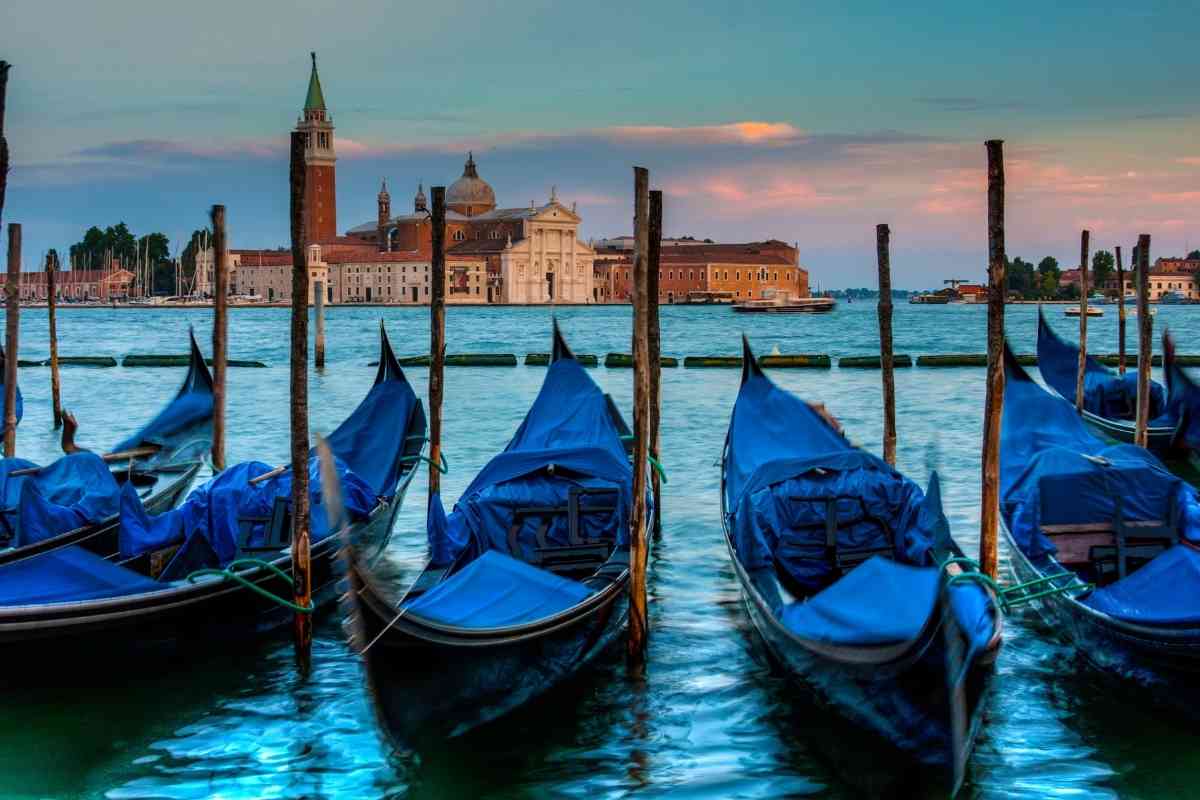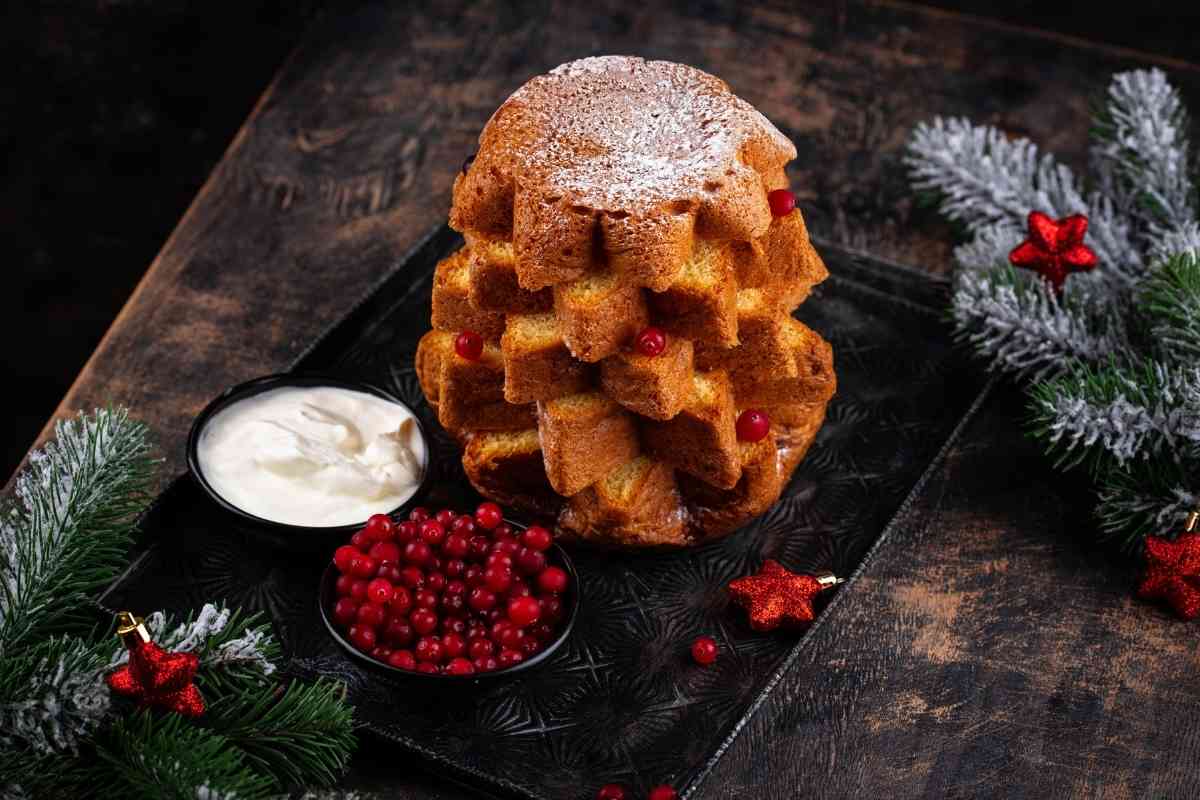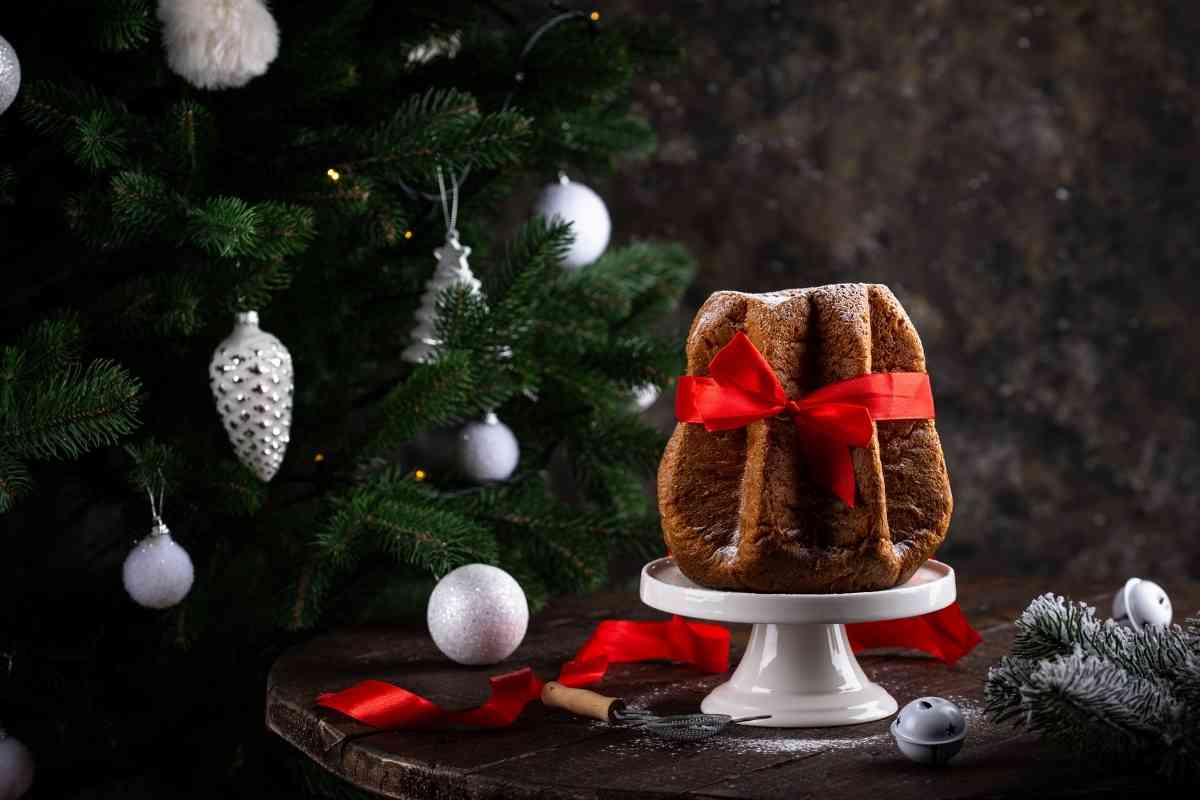Italian Christmas Traditions | 13 Fun Facts About Christmas in Italy
Experience the festive spirit of Italy as we reveal many of its heartwarming Christmas traditions and fun facts. Join us on a journey through timeless customs that define an Italian Christmas.

Italy is a beautiful country any time of the year, but it’s especially magical during the holidays. Between the illuminated nativity scenes to the smell of roasted chestnuts, Italian Christmas celebrations are one of a kind.
As such, there are many unique traditions and customs that are celebrated here.
The following facts about Christmas in Italy are guaranteed to get you in the festive and jolly mood this season!
1. Christmas time lasts for almost a month
If you’re in Italy for Christmas, you’ll quickly realize that people celebrated way beyond the 24th and 25th. Traditionally, Christmas festivities start on December 8th, which is the Feast of the Immaculate Conception.
As a national holiday, Italians will often attend mass services and also start decorating their Christmas trees and nativity scenes. This Christmas season then continues through December and ends on January 6th, the day of Epiphany.

2. Nativity scenes are incredibly important
Although many homes and public spaces set up Christmas trees, it’s the nativity scene, or presepe, that holds the most importance in Italy. Each region decorates its nativity scene in its own unique way.
For example, some include market stalls with goods from their area while others place more modern figures and celebrities into theirs. Adding the baby Jesus figure on Christmas day and the Three Wise Men on January 6th is also traditional.
3. You can watch live nativity scenes too
Many cities around Italy also put on their own nativity performance around Christmas. The local church or community may organize them and can sometimes include dozens or even hundreds of people.
Some of the largest live nativity scenes can be seen in Rieti, Matera, Cuneo, and Trapani.
4. Christmas caroling originated in Italy
St. Francis of Assisi is considered to be one of the most important figures in Christianity.
Not only is he credited for creating the first nativity scene, but he’s supposedly started the Christmas caroling tradition as well! While previous Christmas services were solemn, he encouraged members of his church to include lively songs and prayers.
Soon, these songs were sung in many churches around Italy and eventually made their way to many other countries around the world.
5. Carols are played on zampognari

Considered to be the Italian version of bagpipes, zampognari is a musical instrument that plays many Christmas songs throughout the holiday season. Players dress up as shepherds and parade around town.
It’s common to hear them play Tu scendi dalle stelle, a popular Italian carol that translates to You come down from the stars.
6. Gifts are given on other days
While other cultures swap presents on the 24th or 25th of December, the day of gift giving in Italy depends on where you live.
And there are also different gift bearers depending on the day! For example, many kids in the northern part of the country get gifts on December 6th (from St. Nicholas) or 13th (from Santa Lucia).
People may also get gifts on the 25th from baby Jesus or Santa Claus (Babbo Natale in Italian). And on the eve of Epiphany, you may also get goodies from Befana, an old woman who slightly resembles an evil witch. But only if you’ve been good, as Befana will leave lumps of coal for anyone who has been naughty.
7. Italians don’t eat meat on Christmas Eve
As a tradition, Italians abstain from eating meat and dairy on Christmas Eve. This is similar to the Catholic tradition that people should also avoid meat and dairy on Fridays or holy holidays.
Instead, many Italians (especially in southern Italy) celebrate the Feast of the Seven Fishes, where they eat seven different types of fish.
However, other people may choose just to eat pasta or vegetables as their Christmas Eve meal.
8. But they do celebrate with bread and sweets!
Following midnight mass on Christmas Eve, many Italians will celebrate with panettone.
This puffy sponge cake is made with dried fruits and is only served around the holidays. In some northern regions of Italy, people eat pandoro instead.
This sweet bread is topped with sugar icing and may be filled with custard or chocolate.
9. Christmas lunch is a long, festive affair

Although you won’t find meat on the table for Christmas Eve, this is absolutely not the case for Christmas Day! For lunch, Italians sit down for an extravagant meal which may consist of a dozen or so courses.
It kicks off with antipasti of cured meats and cheeses, followed by pasta dishes, roasted meats (usually lamb), and an abundance of desserts.
And don’t forget the wine! Italian sparkling wine, spumante, is a favorite drink for many diners. As you might imagine, the whole affair can take five or six hours.
10. Italy is home to the world’s largest Christmas “tree”
The world’s tallest Christmas tree sits in the small town of Gubbio in the Umbria region.
Okay – it’s actually not a tree at all! However, this tree-shaped light installation is a Guinness World Record holder, standing over 2,100 feet tall and stretching 1,100 feet wide across the side of a hill.
The installation takes three months to set up and has been a tradition in the town for more than 40 years.
11. Expect to see a ceppo in an Italian household
Around Christmas time, many Italian families will put up a ceppo. It’s a pyramid-shaped frame that usually holds a nativity scene on the bottom shelf and candies and fruits on the upper shelves.
Families may decorate the frame with lights and top it with a fairy or star – exactly like a Christmas tree!
Although the ceppo tradition originated in Tuscan, it’s now common to find in different regions throughout the country.
12. Christmas bonuses are a big deal
Christmas is the season for giving, and Italian businesses take this concept very seriously! During Christmas, many employees get a large bonus, often referred to as the tredicesima mensilità or 13th month salary.
Yes, they receive an entire month’s paycheck as their Christmas bonus!
It’s given around Christmas to help with bills, gifts, or whatever else the employee needs money for.
13. The Vatican has its own traditions
Although it’s technically not part of Italy, the Vatican is still one of the most special places to celebrate Christmas. At the start of the season, crowds flock to St. Peter’s Square to see the lighting of the Christmas tree.
A nativity scene is also set up with a different design and theme each year. Midnight mass also takes place inside St. Peter’s Basilica, although it technically starts a few hours earlier than midnight.
And on Christmas Day, the Pope also delivers his Christmas message, which is televised and watched by millions in Italy and around the world.
Spending Christmas in Italy is guaranteed to be a fun and festive experience. While every region and family celebrates the holiday in their own way, you can bet that cheer and joy will be abundant.
But if you’re traveling here for the holidays, make sure you’ve been good – you don’t want Befana to leave you a lump of coal!
Related Reading
- 7 Best Places To Visit In Italy In October
- 15 of the Best Day Trips From Rome
- 7 Must-See Stops On Your Day Trip From Rome to Tuscany
- 13 Fun Facts About Christmas in Italy
- Christmas In Italy: 10 Traditions You Can Experience
- The Best Airport To Fly Into Italy + Places To Go From There
- 7 of the Best Places to Stay in Rome, Italy [With Pictures!]
- 9 Reasons Why Rome Is Worth Visiting
- 6 Best Day Trips from Milan to Lake Como (With Pics!)
- The 8 Best Day Trips from Venice
- The 8 Best Day Trips From Florence (With Pics!)
- The Top 11 Famous Streets In Rome
